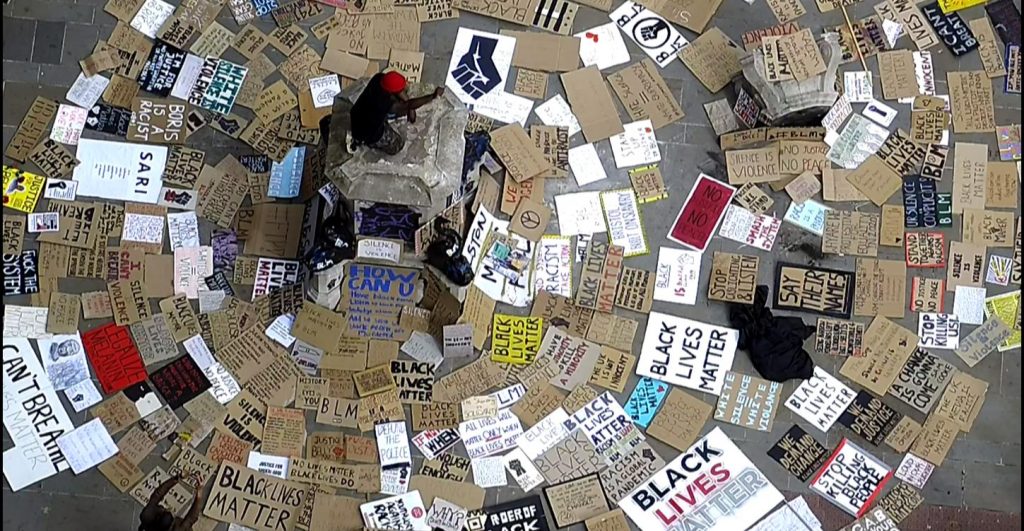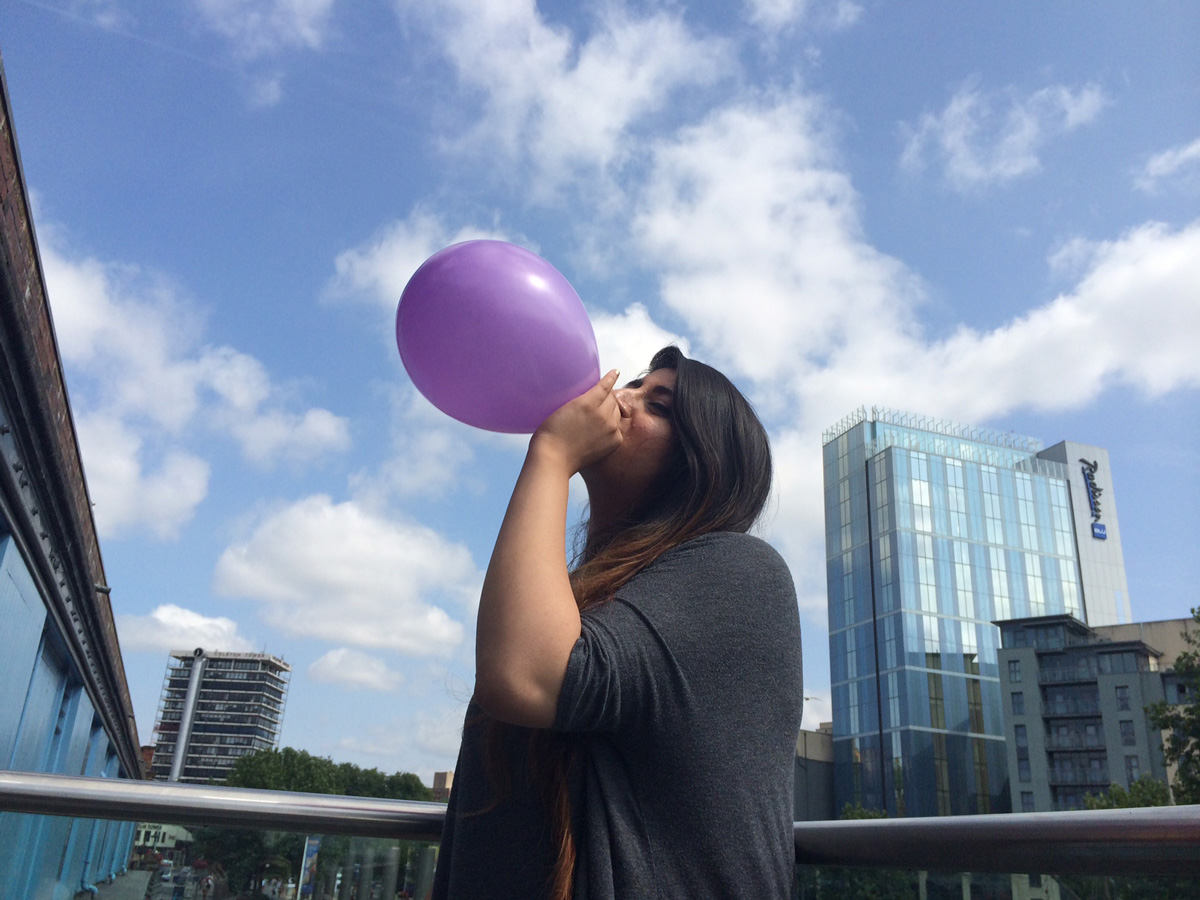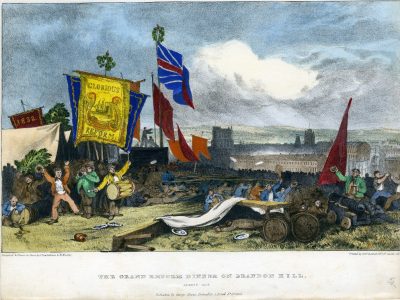Boycotting buses to toppling statues: placing Colston’s statue in Bristol’s history

How the statue’s toppling sits in Bristol’s history is key to understanding its significance
When I went to the Black Lives Matter protest on Sunday, I could only guess at why people were making so much noise behind me at the march. I was soon met with footage of now globally famous Colston statue toppling via Twitter. Within an hour it was trending, and within two it was on the front page of all major news websites and at the top of Reddit. By the evening, my parents across the country had seen it on TV, neatly packaged on dinner-time news, complete with various angles and contrasting opinions from politicians and journalists alike. All eyes were on Bristol.
When discussing the toppling of Colston’s statue, it is important to situate the event in its historical context. Edward Colston traded enslaved Africans in return for goods, from which he earnt his vast fortune. He brutally ‘transported’ 84,000 enslaved men, women and children, of which nearly 20,000 died in the process. The statue was erected in 1895, when his philanthropic acts of support for schools, hospitals, and churches outweighed his role in enslaving people in the collective public consciousness. Now, over a hundred years later, his statue is seen in a different light.
Much of conversation regarding the city’s history and its contemporary status revolved around confronting the blatantly immoral acts which had contributed to the wealth and prestige visible in the city.
When I moved to Bristol in 2016, I arrived in a city that was in the midst of grappling with its troubling past. Much of conversation regarding the city’s history and its contemporary status revolved around confronting the blatantly immoral acts which had contributed to the wealth and prestige visible in the city. Should Colston Hall be renamed? Should his statue be removed? Or shall a plaque be put there that gives more historical context? Shall we keep the statue but erect a memorial for the enslaved? Endless questions, petitions, public polls. No action. This discussion lingered, faintly out of reach and confined to the seminar rooms and council walls.
A new plaque was not only proposed but cast in bronze in 2018. Despite this being a small step, long overdue, it indicated at least an intent to act upon the demands of people who felt strongly about Colston’s glorification. However, the final wording was deemed “unacceptable” by the mayor, Marvin Rees, in 2019 due to the input of Bristol’s Society of Merchant Venturers, who struck a more apologist tone regarding Colston’s actions. Back to square one. Years of failed petitions and dead-end discourse had revealed that the morally dark roots of Bristol’s past were simply not urgent enough to be confronted, even on a symbolic level, and the issue would remain for yet another unknown expanse of time.
Years of failed petitions and dead-end discourse had revealed that the morally dark roots of Bristol’s past were simply not urgent enough to be confronted, even on a symbolic level, and the issue would remain for yet another unknown expanse of time.
Those who view the statue’s admittedly unceremonious demise as merely wanton vandalism risk reducing a deeply embedded issue to its constituent parts. In other words, they’re missing the point. Bristol is a proudly multicultural city, but an unequal one. The damning 2017 Runnymede Report highlighted the severe need to act in order to address racial inequalities in education and employment: Bristol ranked 7th worst out of the 348 districts of England and Wales on the Index of Multiple Inequality. And messages, even implicit ones, are powerful. How seriously were these deeply rooted issues being tackled when the issue of a single statue could not be resolved, or even amended, after years of objection? What urgency was there in addressing structural problems when the proverbial tip-of-the-iceberg remained untouched, locked in purgatory? A sore thumb cast in bronze, left to tower on its pedestal in the centre of the city for all eyes to see. These messages are important to consider when understanding the anger, emotion, and determination for change that fuelled the march on Sunday.
Claims of history being overwritten are equally short-sighted. History is not strictly confined to monuments, objects, and plaques, but is also flourished by pivotal events and collective actions. The events of June 7th will be remembered as a watershed moment in Bristol’s developing identity, as well as an important development of British race relations, of which this city has contributed to before.
What urgency was there in addressing structural problems when the proverbial tip-of-the-iceberg remained untouched, locked in purgatory? A sore thumb cast in bronze, left to tower on its pedestal in the centre of the city for all eyes to see.
In 1963, the Bristol Omnibus Company, the dominant bus operator in Bristol, attracted suspicion regarding a perceived ‘colour bar’ – that is, a discriminative policy of refusing work for non-white employees, despite the Company reporting labour shortages. An action group called the West Indian Development Council set up an investigation which confirmed the colour bar. Prospective interviews were being cancelled after applicants were discovered to be black by the Company. These findings led to a boycott of the city’s buses being announced, centred around the city’s West Indian population and receiving support from white people, including students from the University of Bristol. This erupted into a national debate. Labour Opposition leader Harold Wilson spoke out against the colour bar days after the boycott began, and the Bristol Evening Post was flooded with contributions expressing views on both sides. Months of continued dispute and boycotting saw the end to the colour bar at the end of August, following an agreement after a meeting of 500 bus workers. This important period of collective action saw Bristol’s first non-white bus conductor, Raghbir Singh, a Sikh, appointed, marking a visible step towards a more racially equitable society.
There is no hard and fast metric by which we can quickly and neatly propose which statues in this country must be removed. But there is now, finally, a resolve to actively face an issue which has long cast a shadow over proclaimed efforts to see all races as equal.
The necessity for immediate action in racist employment was highlighted by those who supported the boycott, which contributed to the passing of Race Relations Act in 1965 which finally outlawed discrimination nationally on the grounds of racial, ethnic, or national origins. Now, Bristol is once again aiming the spotlight at the idolatry which obscures the grim reality of Britain’s difficult past and calls for the removal of other statues, such as Cecil Rhodes’ in Oxford, have been reignited. In some encouraging instances, local governments and NGOs have reassessed their public history proactively: the statue of another slave trader, Robert Milligan, has been removed from outside the Museum of London Dockland, no protesters needed.
There is no hard and fast metric by which we can quickly and neatly propose which statues in this country must be removed. But there is now, finally, a resolve to actively face an issue which has long cast a shadow over proclaimed efforts to see all races as equal. Those consulted should not only be historians and custodians, but minorities of all ages and economic standings. Then, when a reappraisal has been reached for any particular monument, there should be literal, practical efforts made in order to unpick the one-sided messages that, though once deemed proper, now no longer align with societal values or our understanding of history. If this isn’t heeded, then it should not be a great surprise when emotions boil over and DIY removals flare up again.
What do you think of Colston’s removal? Let us know in the comments.







